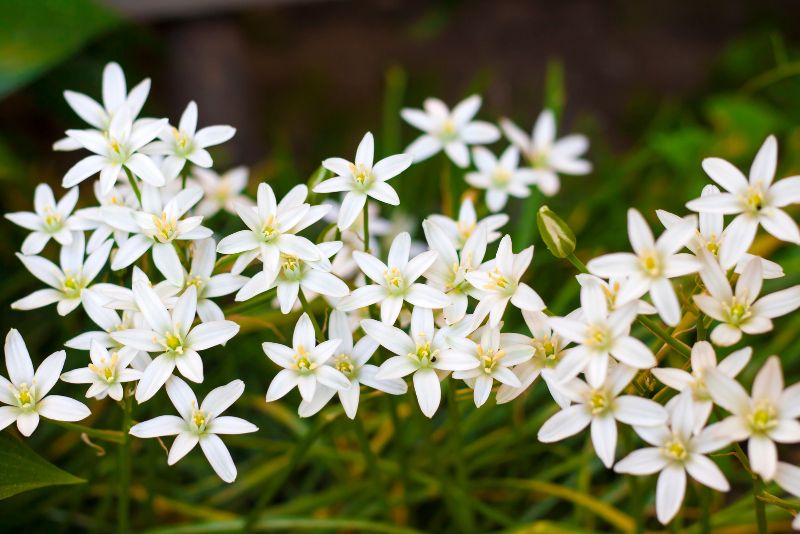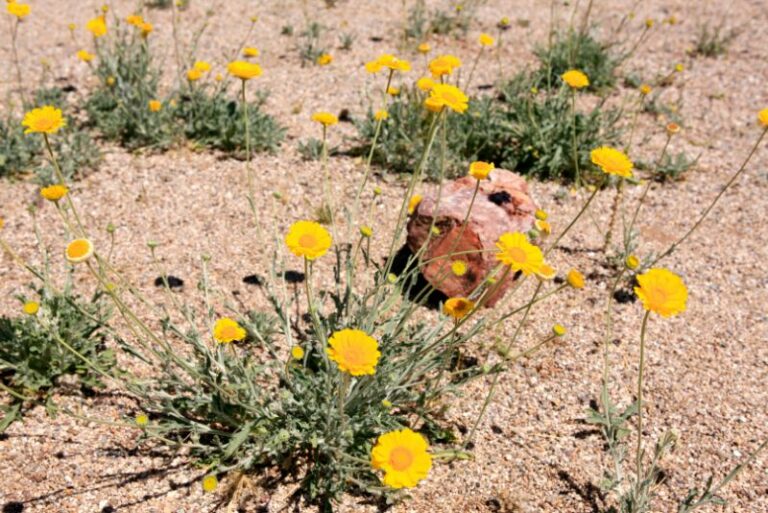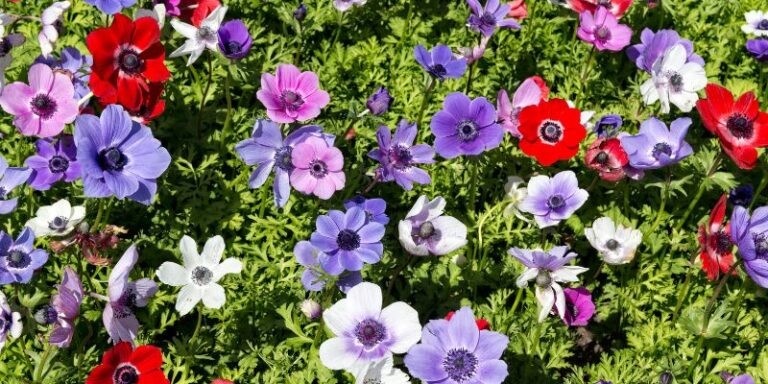Growing Star of Bethlehem Flowers: A Gardener’s Guide
Star of Bethlehem flowers, a variety of ornithogalum, are renowned for their star-shaped, white blossoms that grace gardens with their radiant presence. Gardening enthusiasts and flower lovers are often drawn to these delicate yet resilient plants for their charming aesthetics and symbolism of purity and hope. If you’re eager to cultivate the elegance of star of Bethlehem in your garden, this comprehensive guide will illuminate your path to success.
Understanding Star of Bethlehem

Ornithogalum, or the star of Bethlehem, is treasured for its simple yet striking appearance. With its clusters of star-shaped flowers rising from a single stem, the plant can grow up to 3 feet tall. Each blossom boasts six petal-like tepals, further adding to its celestial charm.
Ideal Growing Conditions
Star of Bethlehem thrives in full sun to partial shade and requires well-drained soil. It’s remarkably adaptable, capable of growing in a variety of soil types, from sandy loam to dry rocky soils. A Mediterranean native, the plant is accustomed to a climate with hot, dry summers and wet winters, so it’s particularly important to mimic these conditions to ensure vigorous growth and blooming.
Planting and Care Tips
Establishing a healthy home for your star of Bethlehem starts with strategic planting and attentive maintenance.
Soil Preparation and Planting Guide
- Prior to planting, enrich the soil with organic matter to improve drainage and soil structure. A mix of compost and peat moss can be beneficial.
- Dig a hole about twice the size of the root ball of the plant and place it in the center at the same depth it was previously planted.
- Surround the plant with soil and gently pat down the area to ensure the plant is secure and the roots are in contact with the soil.
Watering and Sunlight Requirements
- Water newly planted star of Bethlehem initially and subsequently, maintain moist soil until the plant establishes itself.
- Once established, the plant is relatively drought-tolerant and does not require frequent watering.
- It’s best to water deeply but infrequently, allowing the topsoil to dry out between watering sessions.
- Aim for a spot in the garden that receives at least a few hours of direct sunlight each day, as this will promote healthier and more abundant blooms.
Pruning and Maintenance
- Deadhead the plant regularly by removing spent flowers to promote new growth and maintain a tidy appearance.
- Cut back the foliage after the first frost or when it has turned yellow, signaling that it’s entering its dormancy period.
- If the plant becomes overcrowded or you desire more plants, divide the bulbs every three to four years in autumn or spring.
Propagation Methods
Star of Bethlehem can be propagated through both seeds and bulb division, each method having its own merits.
Seed Propagation
- Collect ripe seeds from the plant after the flowering season.
- Sow the seeds in pots or in a seedbed in fall or early spring, burying them just beneath the surface of the soil.
- Keep the soil moist but not waterlogged, and germination should occur in 6-8 weeks.
- Once the seedlings have grown sufficiently, they can be transplanted into the garden in the spring or fall.
Division Techniques
- To divide the bulbs, carefully dig up the entire plant during its dormant period (late summer or early autumn).
- Remove the bulbs and separate them, making sure each division has sufficient roots and foliage.
- Replant the divisions at the same depth and in a location that meets the growing conditions for star of Bethlehem.
Common Pests and Diseases
While star of Bethlehem is relatively resistant to pests and diseases, it can still fall victim to a few particular issues.
Identification and Prevention Strategies
- Common pests that may affect star of Bethlehem include aphids, spider mites, and snails. Regular inspection and the use of natural repellents can keep these at bay.
- Diseases such as Botrytis or bulb rot can occur in poorly ventilated or overly moist conditions. Ensure good air circulation and proper watering practices to prevent these.
Seasonal Care Guide
Adapting to the changing seasons is crucial for ensuring your star of Bethlehem thrives year-round.
Spring Care
- In spring, start watering as the plant comes out of dormancy.
- Fertilize the soil with a balanced fertilizer, ensuring it does not contain too much nitrogen which can lead to lush foliage but fewer flowers.
Summer Care
- Monitor the plant for water needs, particularly during the hotter months.
- Continue to deadhead, which encourages the plant to produce more flowers and conserves its energy.
Fall Care
- Reduce watering as the temperatures drop, and withhold water once the foliage begins to yellow and die back.
- Prepare the bulbs for division or for next year by digging them up carefully if needed.
Winter Care
- During winter, the plant is dormant. Check the bulbs’ storage conditions to make sure they are not too wet.
- Protect the bulbs from severe winter conditions by covering the area with a layer of mulch.
Conclusion
By adhering to the meticulous care and cultivation strategies provided in this guide, you’ll be well on your way to enjoying the ethereal beauty of star of Bethlehem flowers in your own garden. Remember to approach each aspect of its growth with patience, as the rewards of a flourishing garden are always worth the effort. Happy gardening, and may your star of Bethlehem shine brightly!






